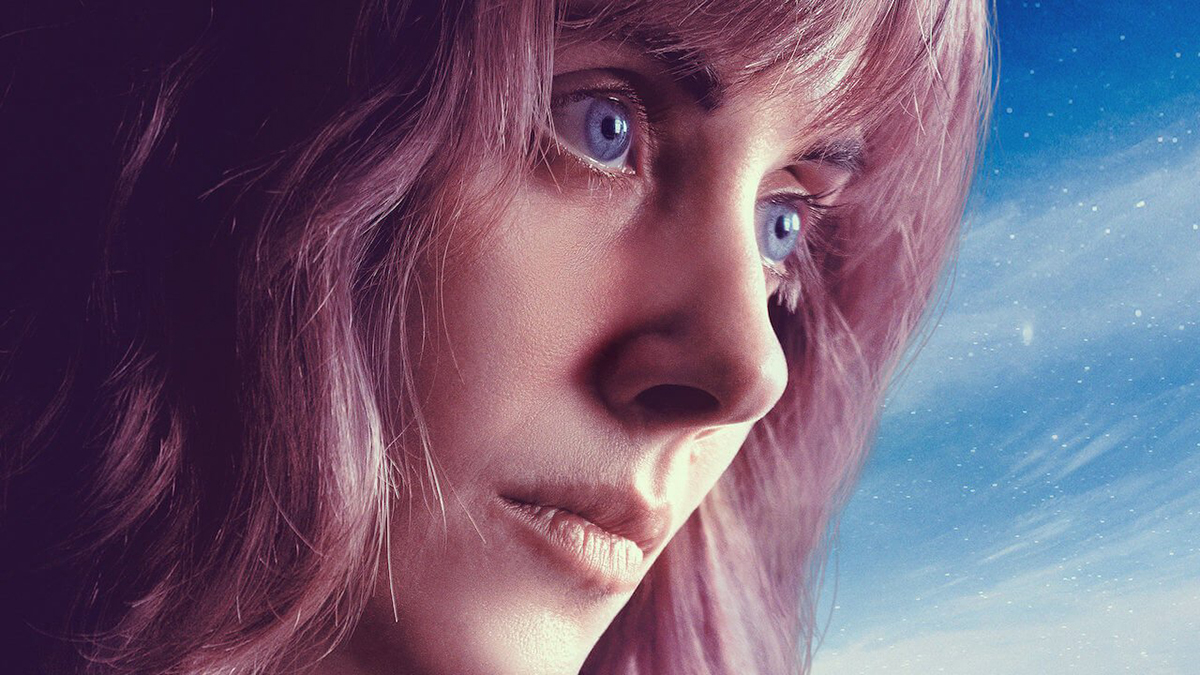Horse Girl is a psychological drama that premiered at the Sundance Film Festival at the end of January, and premiered on Netflix in early February. The first half of the movie lulls viewers into a fall sense of security: the protagonist Sarah spends her time visiting her childhood horse, going to Zumba classes, watching supernatural crime shows, and awkwardly talking to a love interest. Unexpectedly, what quickly follows are a series of strange dreams, loss of time, and manifestations of mental illness.
While the plot line heavily involves Sarah’s descent into mental illness, specifically schizophrenia, it does so empathetically. Mental health workers let her know they believe her while also trying to help her recover from hallucinations, and viewers are never comforted that their reality is the objective truth. The movie forces the viewer to question what’s real and what’s not, never committing to making Sarah’s beliefs completely baseless. In the process, it confronts its audience with the stark truth: Sarah could be anyone, and what she experiences is real to her.
The director, Jeff Baena, emphasized in an interview with the radio show KCRW: “It’s really dismissive just to say, ‘Oh they’re just crazy.’ Because they’re an actual person. They’re experiencing life like you are. … And to judge those people and basically write them off as being crazy, I think is sort of doing a massive disservice and … counting them out as people.”
Additionally, Sarah is a multidimensional character who isn’t deprived of moments of lightness or joy. Even in her deepest bout of derealization, she meets people she loves and experiences happiness and comfort. Her journey with mental illness isn’t presented as a constant fear-based experience, and this is an important part of representing people with mental illness — especially one as stigmatized as schizophrenia.
This awareness and empathy in the film is refreshing. Media often associates schizophrenia with unpredictable and violent behaviour, giving the impression that those with the mental illness are dangerous to others. This is far from the truth. Those with serious mental illnesses are more likely to be victims of violent acts rather than perpetrators. Although, ***Horse Girl can be criticized for dramatizing mental illness since it focuses heavily on visual hallucinations. Those with schizophrenia more commonly experience symptoms like auditory hallucinations and avolition, a lack of motivation to engage in self-directed activities.
The film was co-written by Alison Brie, the actress who plays Sarah, whose own grandmother struggled with paranoid schizophrenia and depression. The movie helped her explore the fear of having a genetic predisposition to mental illness and seeing it manifest in her bouts of depression. Although Sarah’s arc is personal to Brie, what she goes through is relatable in that it’s universally terrifying to be unable to trust your own perception of the world.
The performance by Brie as Sarah stands out as exceptional. Her commitment to the role and all the dynamics of Sarah’s confusion, fear, and mania do her character justice and sell the film as a whole. The script was purposefully written as a detailed outline, allowing for the actors to improvise most of the dialogue. This lends a hand in making characters seem genuine and believable, further contributing to the uneasiness that comes with how much Sarah believes her reality even when it begins to break down.
Colour and sound are two elements that heavily contribute to the atmosphere of the film in subtle ways. While Sarah blinks, confused at how she stepped out of the shower and into a crafts store, there is stark silence. Other times, dissonant, electronic notes loop continuously. At times when she has the most clarity, scenes take on a sobering blue tone in regards to lighting, outfits, and backdrop. But when Sarah slips into a dissociation of reality, the world is a wash of peach, a colour she’s told by another character has protective energy.
Despite the title, the movie doesn’t excessively feature horses. Instead it focuses on the archetype of the horse girl: a mysterious female character who is disconnected from others, lost in her own world. For Sarah, her seemingly normal life turns into a surreal experience where she spirals into paranoia and hallucinations, but it’s one that nonetheless empathizes with her struggle in a powerful way and forces viewers to understand her world.
Chandy is a biology major/chemistry minor who's been a staff writer, Arts editor, and Managing Editor at The Cascade. She began writing in elementary school when she produced Tamagotchi fanfiction to show her peers at school -- she now lives in fear that this may have been her creative peak.


